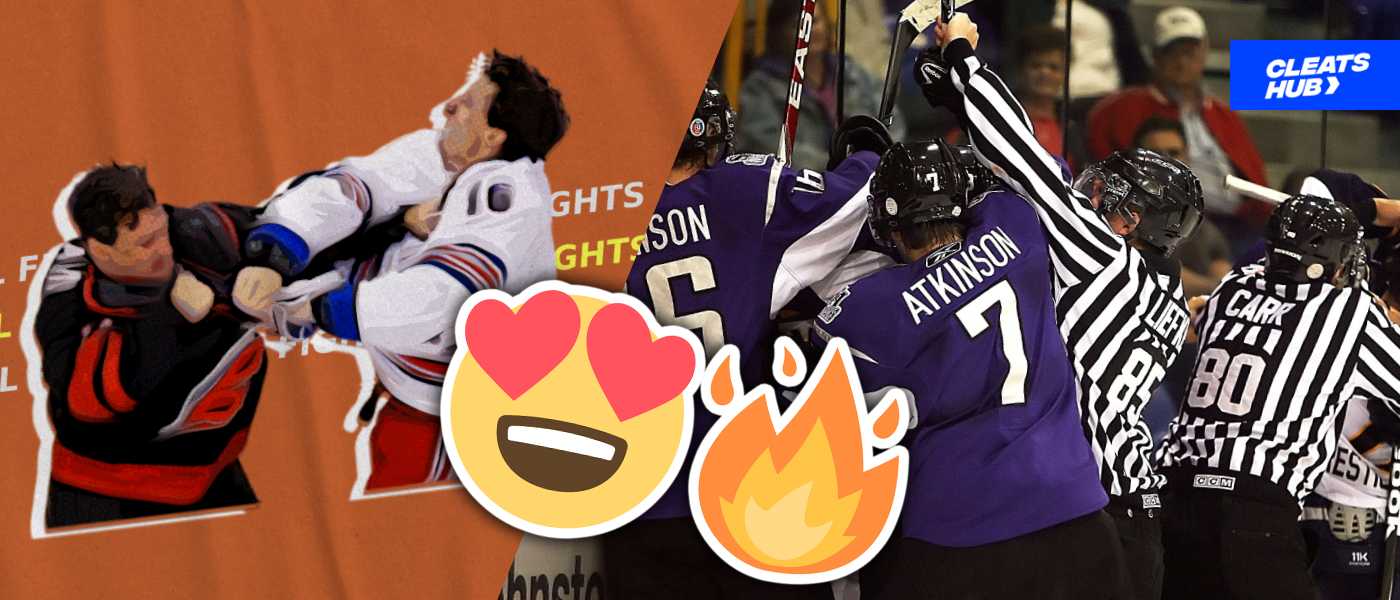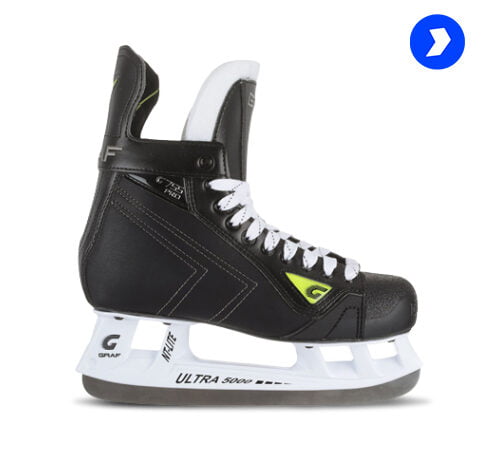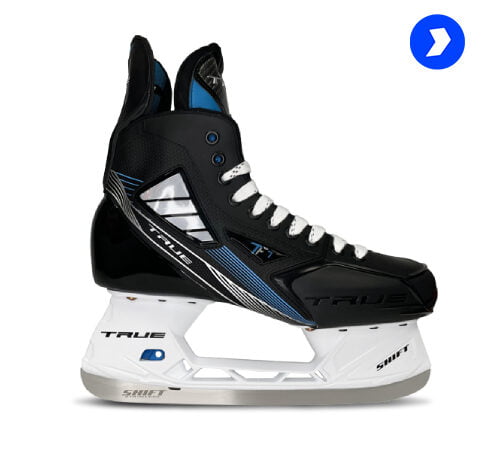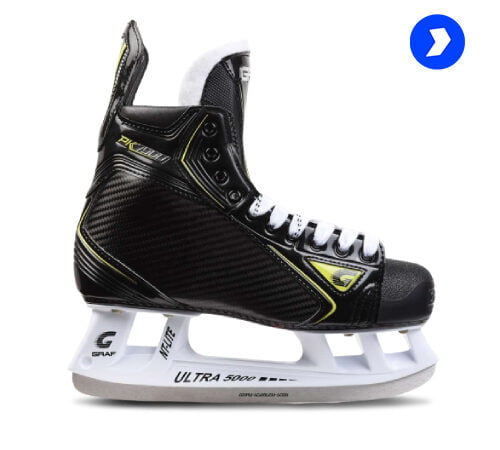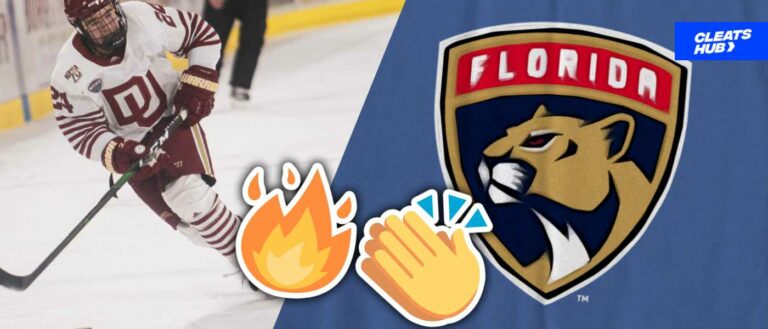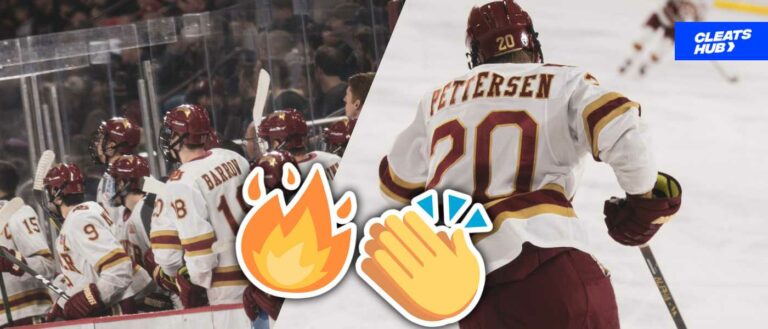NHL Fighting Rules: The Unwritten NHL Rules
Ice hockey includes fighting, which is viewed as part of the culture of the game. In order to decrease fights during games, the NHL has established fighting laws. Regardless, fights are permitted in the NHL despite this rule. The NHL’s fighting policies and the causes of fights between players will be discussed in this article.
Hockey Rules For Fighting
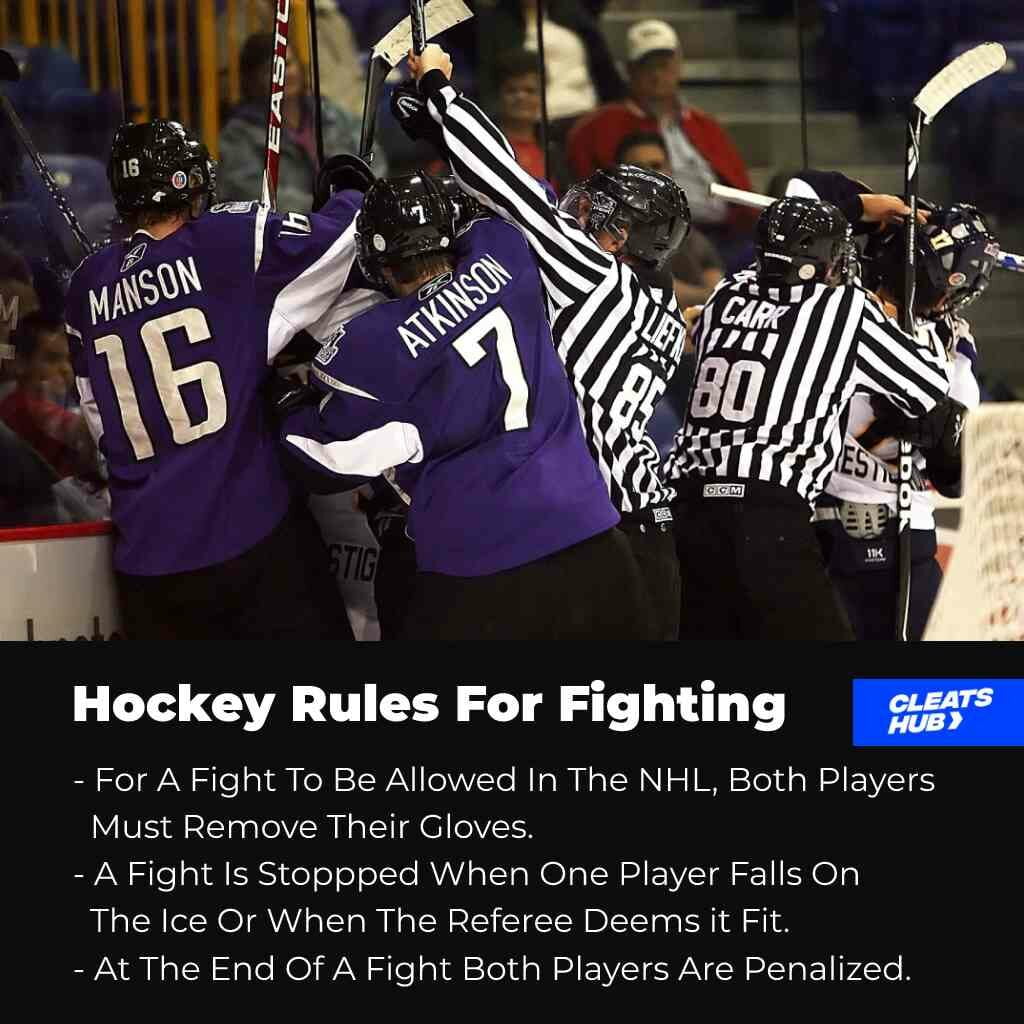
According to the NHL, fighting happens when at least one player punches or tries to punch another player or when two players wrestle in a way that makes it impossible for the officials (referee and linesman) to separate the two players.
But in the NHL, brawling is regarded as a way of life, and hockey has seen many famous brawls. NHL players are permitted to fight to resolve their issues, even if it results in a penalty.
The NHL requires both players to take off their gloves before a fight can start. The throwing of the gloves on the ice signifies both parties’ intention to participate in the fight. However, if one player declines to do so, the other will be fined if he strikes or hits the player.
All other players on both teams must report to the bench once the gloves of the two players are on the ice, at which point the referee will blow the whistle to halt play. Also, the linesmen and the referee will take up positions apart from the two engaged in combat.
Until at least one play touches the ice or until the referee decides it is appropriate to call for a stoppage, the fight may continue. Afterward, the referees break up the players’ fight.
Players are permitted to engage in combat, but when the conflict has been broken up, both parties are given a 5-minute major penalty time in the penalty box.
Only one professional sports league, the NHL, allows fighting to occur during games. Many other ice hockey leagues have extremely strong policies regarding player violence.
Reason Why Players Fight In The NHL
Despite the fact that there are other factors that contribute to fights among NHL players, defending teammates is the main driver. Every team has a star player; as a result, when an opponent player acts against one of these individuals, other players stand to protest the conduct.
A player known as an enforcer, who was physically strong and on every team in those days, could challenge any opponent who faced off against their star players. Although fights have been less frequent and there are stiffer regulations for fighting, the NHL’s age of enforcers is coming to an end.
The players did not, however, only fight for this reason. Also, there were fights between players and teams as a result of ongoing grudges. When there were just six teams, or the original six, players had a fierce rivalry because they faced each other frequently throughout the course of a season.
Why Is Fighting Encouraged In The NHL
Fighting is occasionally encouraged in the NHL because it reminds players that there are some lines that should not be crossed. In a nutshell, it means that players will not cross the line and will maintain a certain degree of sportsmanship because they know there are players who do not mind swinging fists to put them in their place.
Fighting also allows gamers to let off steam and relieve tension. In a game like ice hockey, animosity between players can build up over time. Fighting helps players release tension.
Penalties For Fighting In The NHL
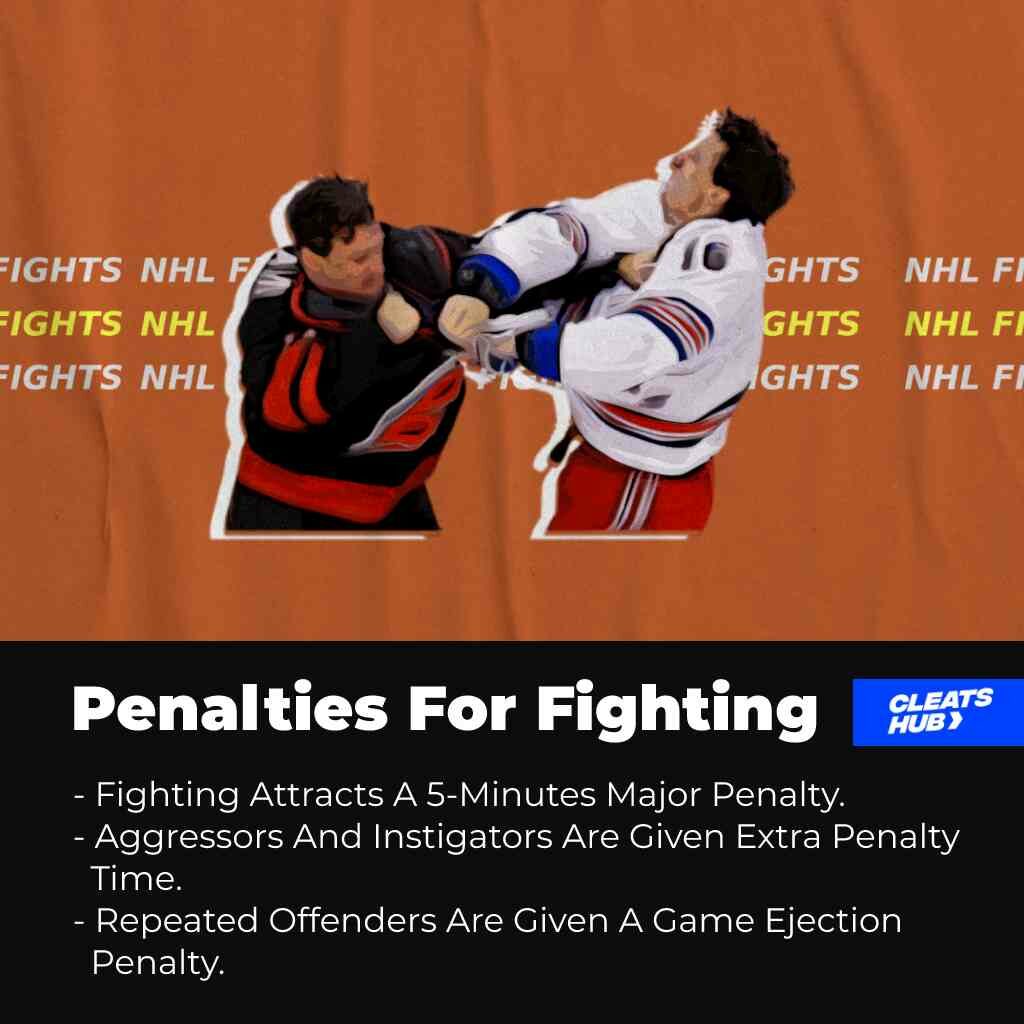
Referees in the NHL are tasked with determining what penalty is appropriate for fighting players. In general, players who fight in the NHL are given a major penalty of five minutes, which means they must serve the entire five minutes in the penalty box.
In addition, players who remove their helmet before a fight face a 2-minute minor penalty as well as a 5-minute major penalty. Yet, no penalty is imposed if a player has his helmet removed during the course of battle.
Aside from the normal penalty rule, here are three extra restrictions governing fighting in the NHL.
Instigator Penalty
An instigator is a player whose action encourages or initiates a fight. It is just like the person who heats or fuels the urge to fight or carries out the first action towards a fight.
The following activities are the actions of instigators toward fighting in the NHL.
- The first player to drop his gloves
- The first player to throw punches
- Passing verbal and insulting comments and threats
- Travelling the ice to another player
The NHL has a penalty for instigators of fights. An instigator penalty is an added 2-minute minor penalty along with the penalty time for fighting.
Players who are given two instigator penalties in a game will receive a game ejection penalty. Once given, the player is sent out of the game for the rest of the match.
Aggressor Penalty
Whereas an instigator is the first to start a fight, an aggressor is the last person to cease fighting, even after everyone has been calmed down. Aggressors in ice hockey face extra penalty time as well as a 5-minute major penalty for fighting.
Aggressors are also renowned for punching players who refuse to throw their gloves on the rink. An aggressor penalty can also constitute a game-expulsion penalty.
Players who receive both an instigator and an aggressor penalty may receive two major penalties and a two-minute lesser penalty. This is determined by the referee, and the punishment he determines is appropriate for the offense. In the NHL, a player can often spend up to 15 minutes in the penalty box for fighting.
Suspension And Fines
Although penalties like suspensions and fines are rarely given for fighting in the NHL, they are an option. The player’s coach will receive a $10,000 fine from the league if a player even initiates an instigator penalty in the final five minutes of a game. This applies to both regular and overtime hours.
Coaches are not the only ones who may be fined; players can also be fined for persistent acts of provocation or for seriously hurting another player while fighting.
Suspensions are issued more frequently than fines. Players who receive an aggressor penalty in four regular-season games are suspended from two regular-season games, with further suspensions for subsequent offenses.
In addition, players are punished for two games after receiving three instigator penalties in a season. They are punished for four games if they receive a fourth instigator penalty in the same season and for six games if they receive a fifth.
Future of NHL Fighting Rules
As regulations tighten, there has been a steady decline in violence in the NHL. The league had to reduce player fighting rates even though it used to be a part of the game because it caused age-related injuries like brain trauma, recurrent concussions, and much more as players became older.
In the past, fans could predict who would fight in a match even before it started. Nevertheless, as the sport developed in the contemporary period, fights became more strictly enforced, which reduced their number in the league.
Conclusion
Some memorable games in NHL history are remembered by the fights that occurred in them. Although the league has cut back on the fights that occur during games, fighting will remain part of the league’s culture.
Thanks for reading.
Psstt…. The Top Performing Cleats

